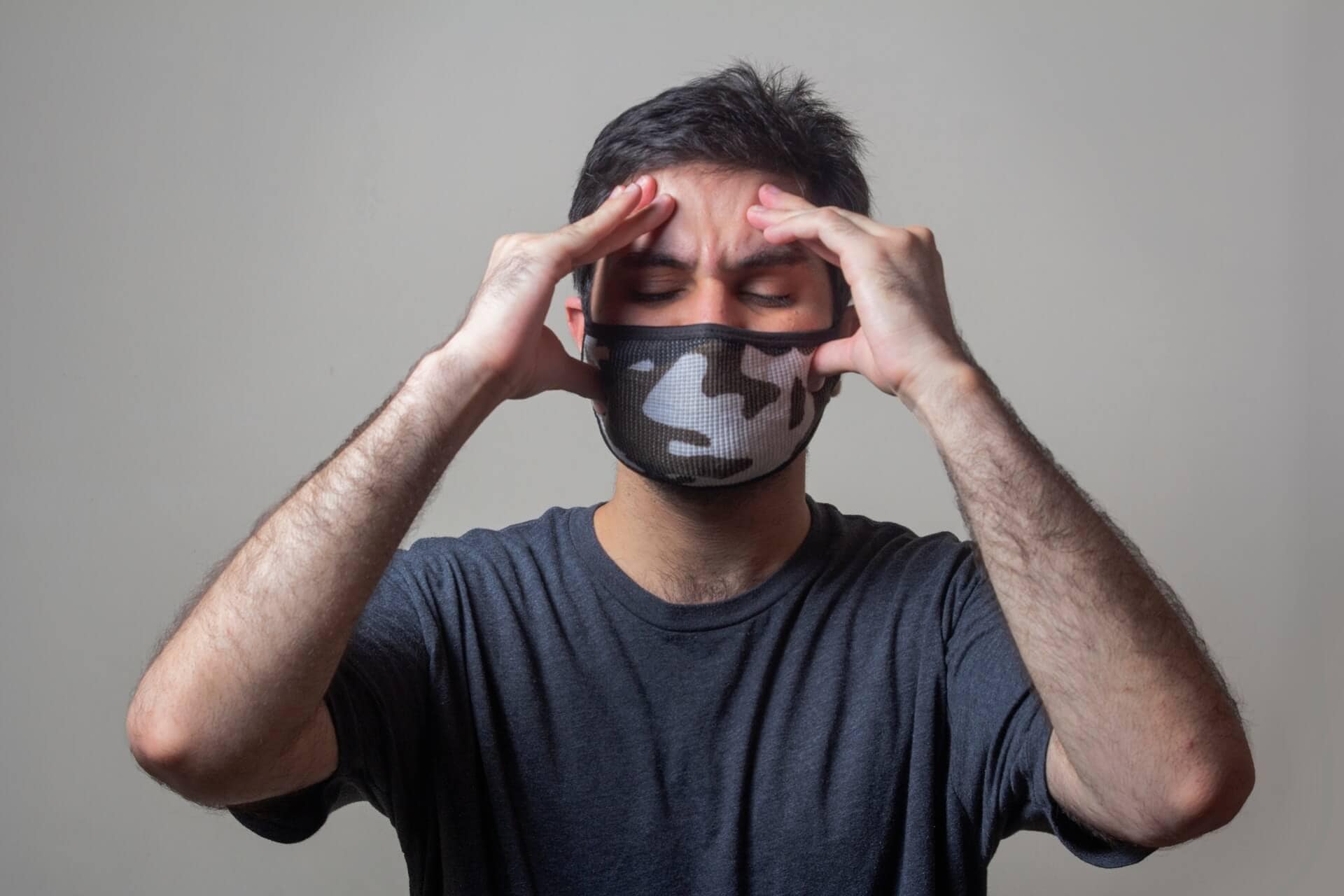Most individuals have heard of, if not experienced on their own, a migraine. While migraines are often thought of as extremely painful, sometimes debilitating headaches, they can also affect vision, with or without a subsequent headache.
But what is a migraine, and what determines if vision will be affected?
Believe it or not, a classic migraine (the stereotypical, very painful headache type) is a separate entity from an ocular migraine, although the two are often commonly confused as they can present quite similarly.
To best understand the different between the two, it is best to have a basic understanding of what causes a migraine in the first place.
What Causes a Migraine?
The central nervous system—the nervous system making up the brain and spine—has a unique type of communication via specialized cells called neurons.
Neurons are branch-like cells that transmit electrical signals from one part of the body to another.
There are over 86 billion neurons within the brain. Similar to electric wiring, when stimulated, neurons fire, entering an excited state.
In a classic migraine, for whatever reason, a subset of neurons becomes hyper-excited, resulting in an over-stimulation of the affected neurons.
Some common triggers for migraines include strong smells, bright lights, certain foods, stress, and heat.
The hyper-excitement of neurons can spread to other subsets of neurons nearby. As this process occurs, the brain responds by dilating its blood vessels. This dilation of blood vessels increases the surface area of the blood vessels, often resulting in the vessel wall compressing onto pain-detecting nerves, resulting in the head pain better known as an intense headache.
Where a migraine occurs depends on where the affected neurons are located. A migraine, therefore, can occur in any lobe of the brain, and can spread from one area to another over time.
A classic migraine can have a visual disturbance, called an aura, when the neurons affected extend into the occipital cortex—the part of the brain responsible for image processing.
An aura can present in a variety of different ways including black and white or multicolored zig-zags within the vision, a “kaleidoscope” appearance of vision, random geometric shapes within vision, or even “sparklers of light” within the vision.
For this reason, auras can be quite scary. The visual phenomenon can move across one’s vision, or may remain stationary. Auras can last anywhere from just a few seconds to over an hour. A headache may or may not occur following an aura.
An Ocular Migraine Explained
On the other hand, an ocular migraine is a migraine (hyper-excitation of neurons) occurring within the eye itself.
The eye is technically an extension of the brain. This means it also contains neurons, roughly 10 billion neurons per eye to be exact!
The exact mechanism of ocular migraines is not well understood. However, researchers have been able to monitor size of blood vessels during an ocular migraine attack, and have seen a similar dilation of the retinal vasculature similar to the dilation of blood vessels observed during a classic brain migraine.
The main difference between these systems is that the retina does not contain pain-detecting nerves, meaning the visual disturbance observed during an ocular migraine typically does not present with associated pain.
Additionally, while an ocular migraine can present similarly to a classic migraine aura with zig-zags of light, multicolored lights, etc. the main differentiating symptom is that ocular migraines tend to present with a sudden absence or blurring of part of an individual’s vision.
Some individuals describe ocular migraines as sudden blur in a part of their vision that cannot be cleared up with blinking, glasses, or further concentration. This blur spot often starts in central vision and moves outward.
Like a classic migraine aura, an ocular migraine may be a symptom of an impending severe headache, although this is not always the case.
If you or someone you know is experiencing an ocular migraine or classic migraine aura, it is best to take a break from whatever you are doing.
If you are operating machinery (truck, car, bike, etc.) pull over as soon as you safely can and wait for the visual disturbance to pass. As noted above, most visual auras and ocular migraines pass within a few minutes.
If migraines (ocular or classic) due not go away, begin to occur more frequently, or begin to interfere with your activities of daily life, be sure to have a discussion with your doctor today! There may be treatment options available to help prolong the time between migraine attacks.





